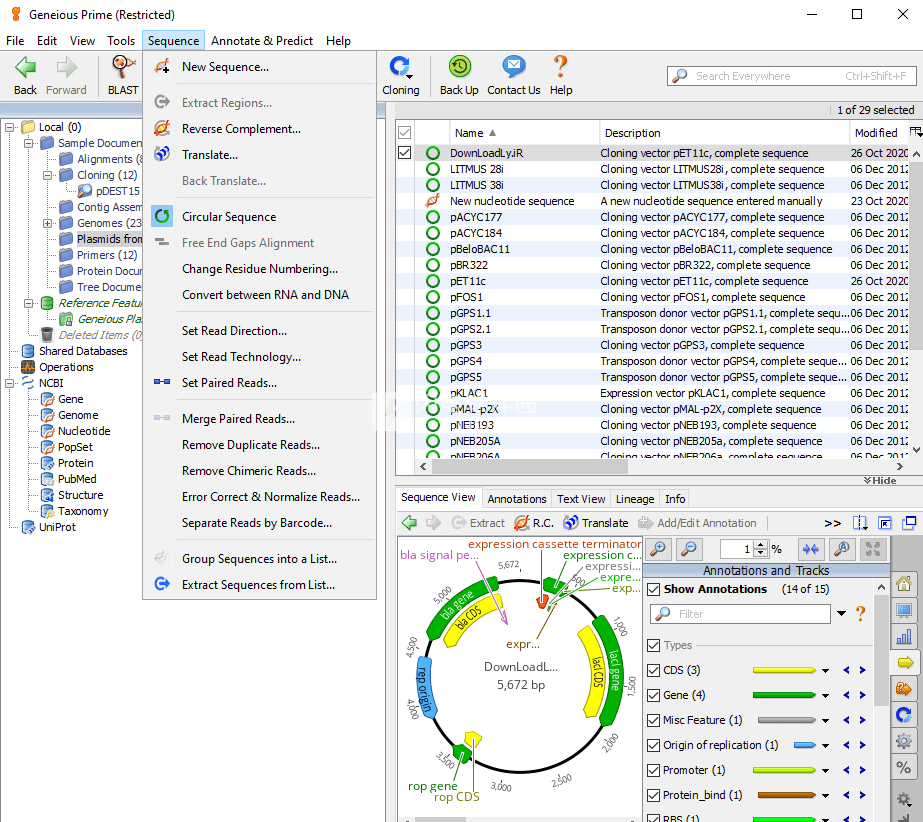
Based on morphological characteristics, four honey bee evolutionary lineages were distinguished West Mediterranean lineage M, North Mediterranean lineage C, African lineage A and Oriental lineage O. The classification of honey bees and identification of subspecies relied initially on morphological characteristics such as wings’ cubital index and the number of hocks, colors, pilosity, tomentum and length of the proboscis. This method is harmless for queens and offers an excised wing tip from the queen, which we used in experiments in this study.

Clipping mated queen wings prior to introduction is commonly practiced by beekeepers and queen breeders. Such a method must not produce any physical harm to the queen, which could severely impair her functions, leading to her supersession by worker bees. Moreover, conducting genetic analysis directly on the queens’ DNA materials eliminates any potential ambiguity or doubt in the maternal origin of DNA extracted from offspring. The availability of non-lethal sampling from queen bees would be valuable in many behavioral and patriline studies as well. There are, however, some experimental circumstances in which identifying the genetic background of a queen by using her tissue is necessary, without dependence on her progeny or awaiting her egg-laying process to start.

Therefore, attempts to genetically characterize a given honey bee colony are always conducted on the queen’s offspring and the results are associated back to her by virtue. The poor quality of a queen, or queenlessness, induces significant disruption in the pheromone communication inside the colony and could be detrimental if no requeening process is initiated promptly. She is single and indispensable in her duty, providing pheromonal stability within the colony and ensuring the latter’s survival and growth. Under normal circumstances, the queen bee is the exclusive reproductive member in the colony and originator of all progeny. The castes of a honey bee Apis mellifera colony comprise three different members queen, workers and drones. The in silico method proposed in this study fully adheres to the established guidelines of the DmCC, provides a universal standard for haplotype identification, and offers faster and more precise results by reconciling both cleaved amplified polymorphic sequences (CAPS) and Sanger sequencing approaches. Our results show that DNA extracted by Chelex 10% from one-third of a queen’s wing is deemed adequate for a successful identification of her maternal evolutionary lineage, haplotype and subspecies. Furthermore, we propose a new method allowing in silico transition of the DmCC test and haplotype identification based on extended sequencing of the tRNAleu and COII genes.

The DraI mtDNA COI-COII (DmCC) test was applied to various sizes of queen and worker wings and the results were compared with data obtained from other bee tissues. This study presents a non-invasive method that allows the identification of the queen maternal lineage and subspecies using the remaining tissue of her clipped wing. colony is headed by a single and indispensable queen, whose duty it is to ensure brood production and provide pheromonal stability within the colony.


 0 kommentar(er)
0 kommentar(er)
